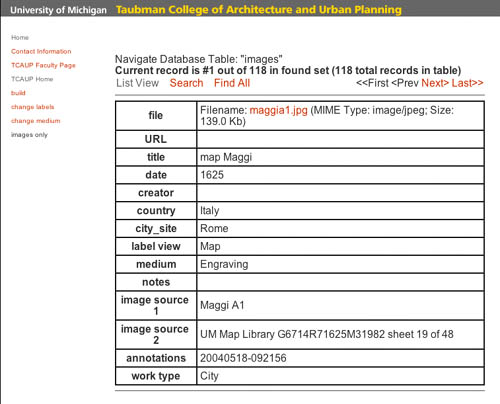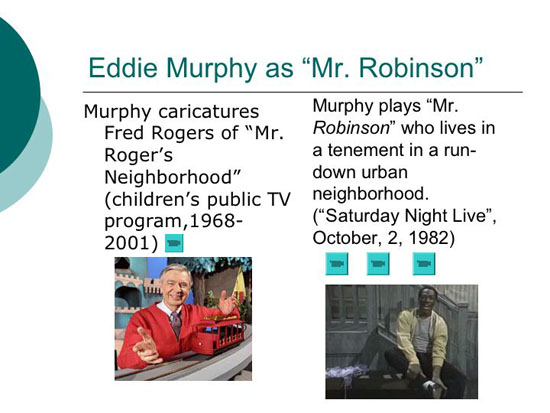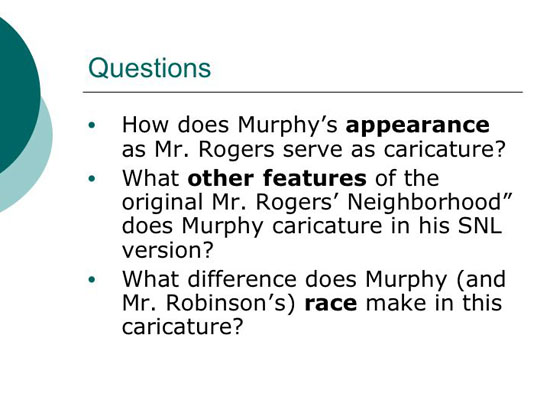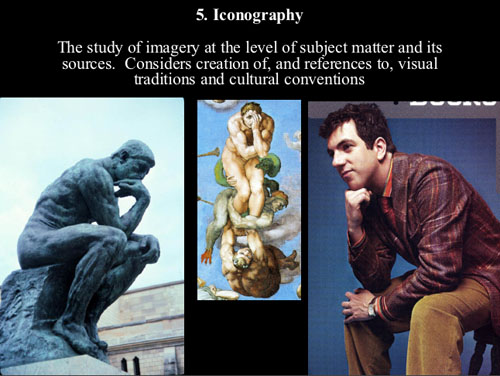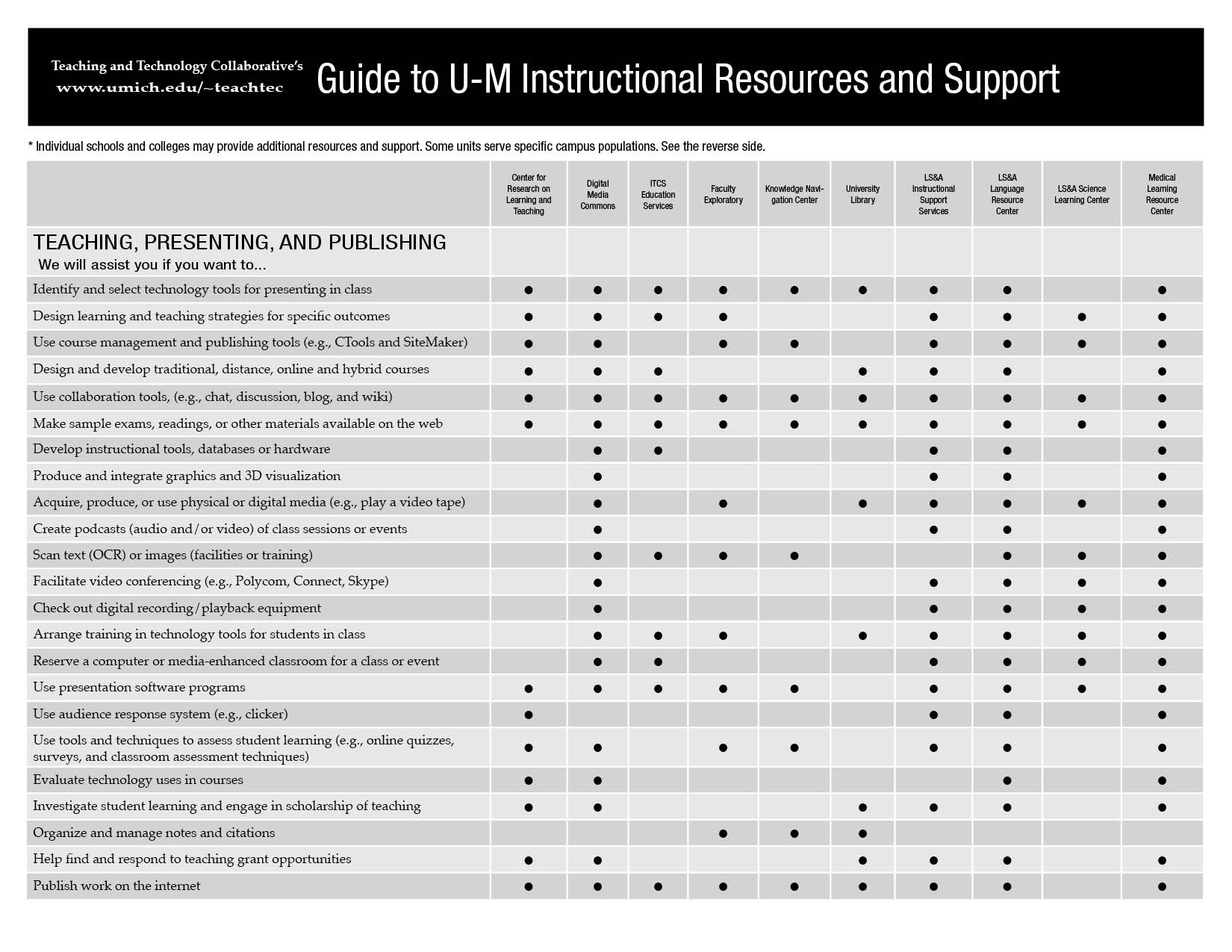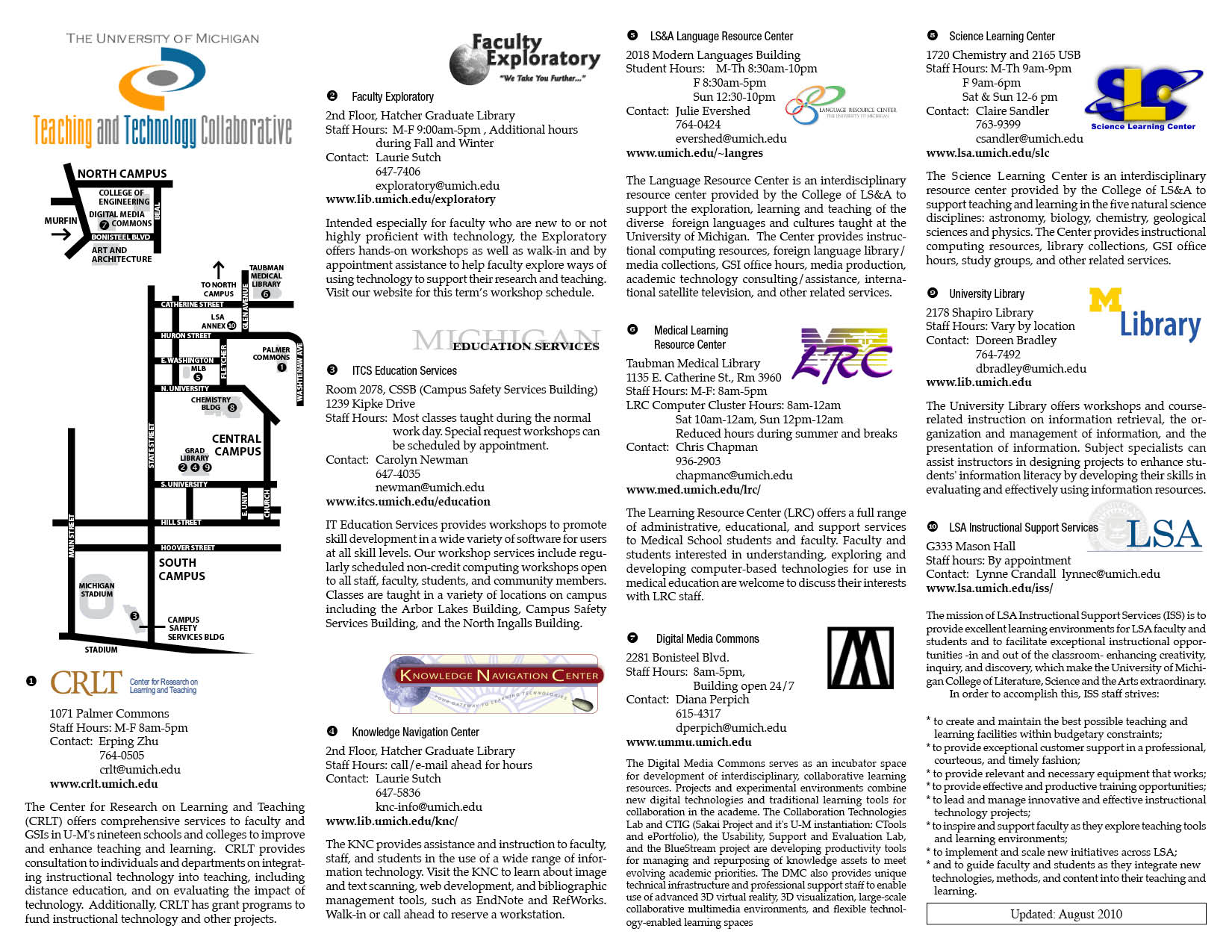2004 CRLT TTI Grant Projects
Link to CRLT TTI Grant Projects 2005, 2006, 2007, 2008, 2009, 2010, 2011
Italian-American Film Culture: A Multimedia Course Environment
Giorgio Bertellini, Assistant Professor, Film and Video Studies/Department of Romance Languages and Literature, LSA ([email protected]) created of a unified and digitalized multimedia environment that places cinema at the intersection of several cultural practices (i.e. journalism, photography, theater, and opera for the course, Italian-American Cinema. The project functions as a template applicable to similar film classes.
Example from PowerPoint presentation.
New Bridges to New Knowledge: Instructional Technology and Collaboration
The Provost's Seminar on May 11, 2005 focused on new technologies, the collaborations they engender (among students and between faculty and students), and how they can promote or deepen student learning. Professor Randy Bass of Georgetown University gave the keynote address. Professor Bass is an Assistant Provost at Georgetown and Executive Director of their Center for New Designs in Learning and Scholarship (CNDLS), a teaching and technology center that supports faculty work in new learning and research environments. He is also an associate professor of English, and a member of the American Studies Committee at Georgetown.
The technology used for capturing and displaying the lecture (and synchronizing the slides to the talk) was developed by Professor Homer Neal (U-M Physics Department) and his research group. Examples of other recorded lectures can be found on the Web Lecture Archive Project (WLAP) homepage.
Dr. Randy Bass's Keynote Address: Making Learning Visible:Technology and Teaching for Understanding
Part 1 of 3
Part 2 of 3
Tips for Using Common Technology Tools in Teaching
Teaching and learning with technology can be both challenging and engaging for instructors and students. While technologies make it easier for instructors to create learning opportunities, provide prompt feedback, and improve student engagement with content materials, they also pose challenges. Following are some practical guidelines for using technology in teaching. They may help you manage technology-supported teaching more effectively, avoiding some of the common pitfalls.
UM Technology Support and Services
Teaching Technology Collaborative (TTC)
The Teaching Technology Collaborative (TTC) is a grassroots organization, comprised of staff from many units across campus. All the TTC units collaborate to provide services and programs to support U-M instructors in teaching with technology.
For the Guide to U-M Instructional Resources and Support, click to download the pdf file.





